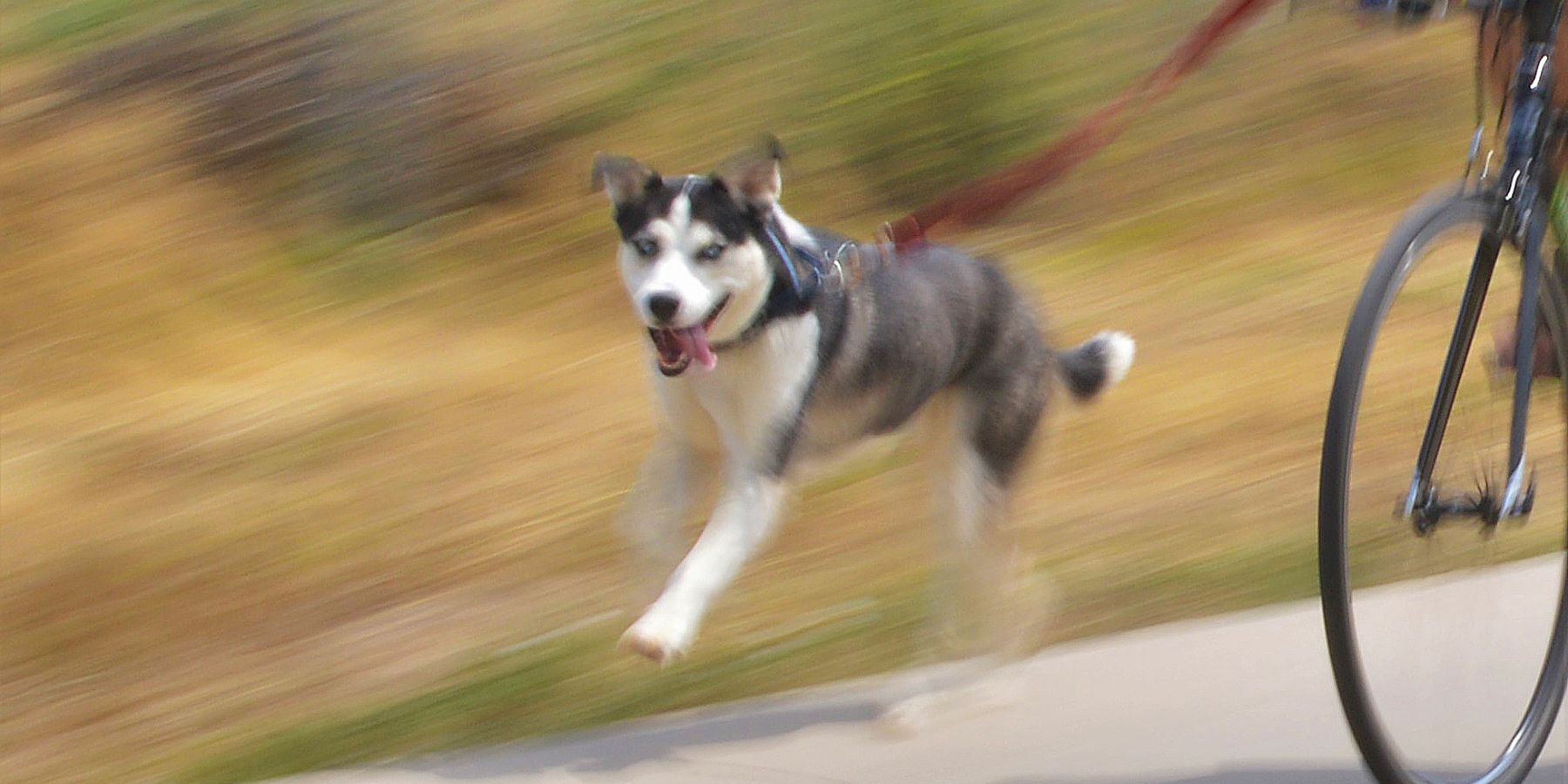Embarking on a bikejoring expedition with your dog can be an exhilarating experience, but proper preparation and training are essential for a safe and enjoyable adventure. This guide will take you through the steps to get both you and your furry friend ready for the thrills of bikejoring.
Understanding Bikejoring
What is Bikejoring?
Bikejoring is a recreational activity where a dog, outfitted with a specially designed harness, assists in pulling a bike. It's an excellent way to provide your dog with exercise, mental stimulation, and a sense of purpose.
Is My Dog Suitable for Bikejoring?
While many dogs can participate in bikejoring, it's crucial to consider your dog's health, age, and temperament. Dogs with a strong pulling instinct and a love for running are often well-suited for this activity.
Preparing for Bikejoring
Health Check
Before starting any new activity, it's essential to ensure your dog is in good health. Schedule a visit to the veterinarian to confirm that your dog is fit for the physical demands of bikejoring.
Basic Obedience
A solid foundation in basic obedience commands such as "sit," "stay," and "come" is crucial for a safe bikejoring experience. Practice these commands in various environments to reinforce your dog's responsiveness.
Introduce the Equipment
Allow your dog to become familiar with the bikejoring equipment gradually. Start by introducing the harness, towline, and bike attachment in a positive and relaxed environment. Reward your dog for calm behavior around the equipment.
Leash Training
Train your dog to walk politely on a leash before introducing the bike. Use positive reinforcement techniques to encourage loose-leash walking and teach your dog to stay focused during walks.
Desensitize to Bike
Gradually introduce your dog to the bike by walking it alongside without riding. This helps your dog get used to the bike's presence and movements. Reward calm behavior and gradually increase the proximity.
Training for Bikejoring
Towline Training
Once your dog is comfortable with the equipment, begin towline training in a controlled environment. Allow your dog to drag a lightweight towline while walking, gradually increasing the distance.
Bike Introduction
Begin riding the bike slowly, allowing your dog to get used to the movement. Start with short rides and gradually increase the duration as your dog becomes more confident. Use positive reinforcement throughout the process.
Voice Commands
Practice using voice commands to guide your dog during bikejoring. Commands like "hike" for speeding up, "whoa" for stopping, and "gee" or "haw" for turning can be useful. Consistent commands help create a strong communication bond.
Gradual Progression
Take the training process one step at a time, allowing your dog to progress at its own pace. Monitor for signs of fatigue or stress, and be patient as you both build confidence in bikejoring together.
Summary
Preparing and training your dog for a bikejoring expedition involves a combination of health checks, obedience training, equipment introduction, and gradual progression. By taking the time to build a strong foundation, you and your furry companion can enjoy a safe and fulfilling bikejoring experience.
FAQs about Dog Preparation and Training for Bikejoring
Q1: Can any dog participate in bikejoring?
While many dogs can participate, it's essential to consider your dog's health, age, and temperament. Consult with your veterinarian to ensure your dog is physically fit for bikejoring.
Q2: How do I introduce my dog to bikejoring equipment?
Introduce the equipment gradually in a positive environment. Allow your dog to sniff and explore the harness, towline, and bike attachment, rewarding calm behavior.
Q3: What basic commands are important for bikejoring?
Basic obedience commands such as "sit," "stay," "come," and specific bikejoring commands like "hike" and "whoa" are crucial for a successful experience.
Q4: How long does it take to train a dog for bikejoring?
The training duration varies based on individual dogs. Patience is key, and progression should be gradual to ensure both you and your dog are comfortable.
Q5: What signs of stress or fatigue should I watch for during training?
Watch for signs such as excessive panting, reluctance to continue, or changes in behavior. If you notice any signs of stress or fatigue, take a break and reassess the training plan.


